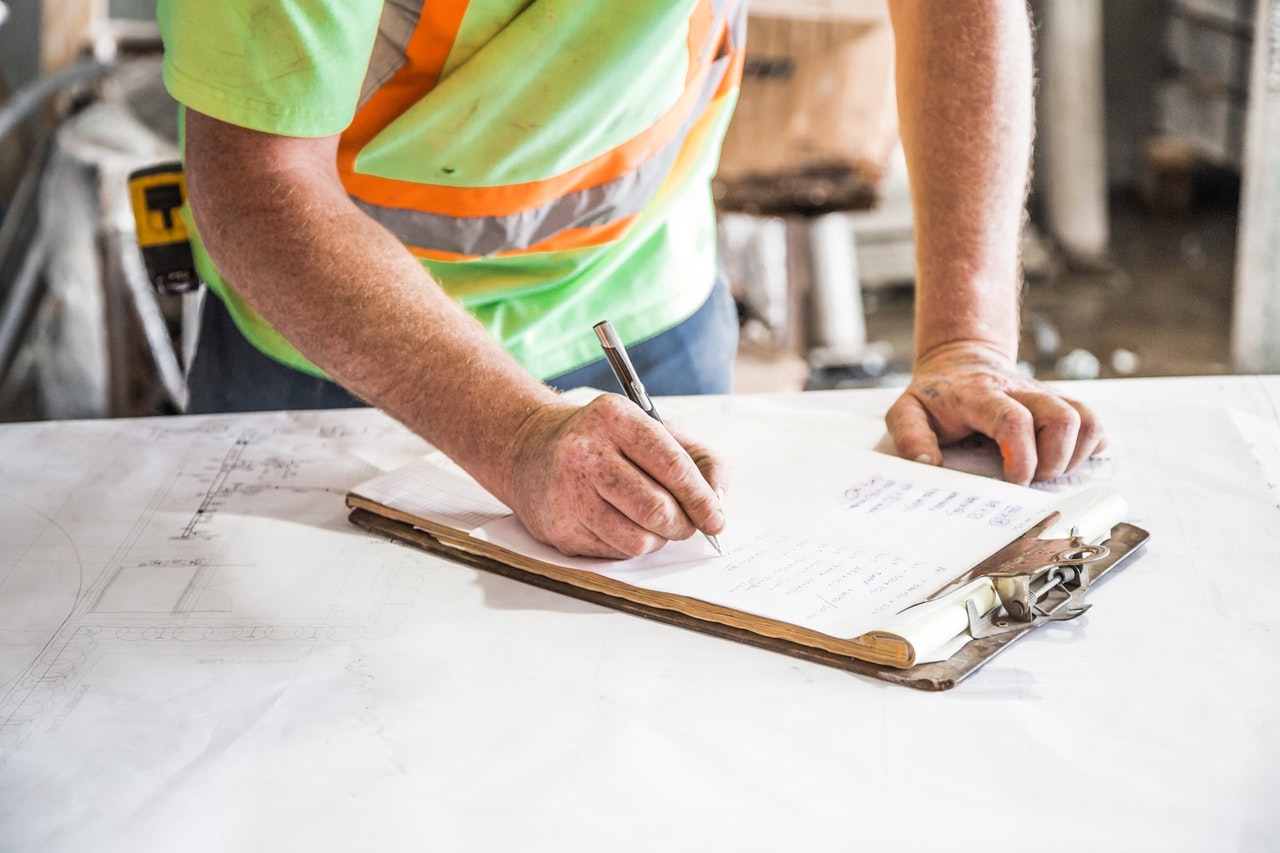
How to Create a WordPress Subscribe to Blog Signup Form
If your readers tell you they like your blog posts, you’re about to move forward. And because you have their attention, there’s a good chance they will follow your blog. So from this point onward, your job is to figure out how to make the task easy for them. Fortunately, you can easily get people to follow […]
Read More… from How to Create a WordPress Subscribe to Blog Signup Form








